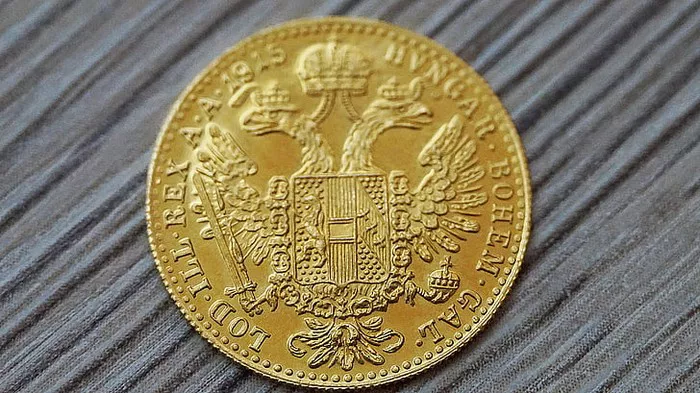Gold has captivated human imagination for centuries, symbolizing wealth, power, and beauty. Among the various forms of gold, gold coins hold a special place, blending artistry, history, and investment value. In this article, we embark on an exploration of the captivating world of gold coins, shedding light on their intrinsic and numismatic value. By examining the factors influencing their worth and delving into their historical significance, we aim to provide a comprehensive understanding of why gold coins continue to enthrall collectors and investors worldwide.
Historical Significance
The history of gold coins spans millennia, tracing back to the ancient civilizations that recognized the allure and value of this precious metal. The first known gold coins were minted in the ancient kingdom of Lydia in the 7th century BC. Over time, various civilizations, including the Greeks, Romans, Chinese, and Persians, developed their own gold coinage systems. These coins served not only as a medium of exchange but also as a symbol of power and prestige.
Numismatic Value
Gold coins possess a dual value: their intrinsic value based on weight and purity, and their numismatic value derived from their rarity, historical significance, and condition. While the intrinsic value of a gold coin is determined by its gold content, the numismatic value can significantly exceed the metal’s worth.
The rarity of a gold coin is a primary driver of its numismatic value. Coins with limited mintages, historical importance, or unique characteristics are highly sought after by collectors. Additionally, the condition of a coin plays a crucial role in its value. Well-preserved coins with minimal wear and damage fetch higher prices in the market.
Weight, Purity, and Bullion Value
Gold coins are minted in various weights, ranging from fractions of an ounce to multiple ounces. The most common weight for investment purposes is one ounce. The purity of gold coins is typically expressed in terms of fineness, with 24-karat gold being the purest form. However, many gold coins have lower purity levels due to the addition of alloying metals for enhanced durability.
The bullion value of a gold coin is primarily determined by the spot price of gold. This price fluctuates based on global supply and demand dynamics, economic conditions, geopolitical factors, and investor sentiment. Gold coins often carry a premium above the spot price to account for production costs, distribution, and the coin’s collectible or historical value.
Factors Influencing Value
Several factors influence the value of a gold coin:
Rarity: The scarcity of a particular coin due to low mintage, survival rate, or historical importance can significantly impact its value. Coins with unique designs, errors, or limited editions are particularly sought after.
Condition: The preservation of a coin’s original luster, absence of wear, and minimal damage contribute to its desirability and value. Coins in high-grade condition command higher prices.
Historical Significance: Coins associated with significant historical events, renowned monarchs, or cultural significance can attract higher premiums. Historical context adds to the allure and value of these coins.
Demand and Market Conditions: Fluctuations in investor demand, economic stability, and geopolitical factors can influence the value of gold coins. High demand and limited supply often drive prices upward.
Investment Potential
Gold coins offer a unique investment avenue, combining the inherent value of gold with the potential for numismatic appreciation. For investors seeking a tangible asset, gold coins provide a portable and divisible form of wealth. They can act as a hedge against inflation, currency fluctuations, and economic uncertainties.
The historical significance and artistry of gold coins make them highly collectible, adding an additional layer of potential value. The rarity and desirability of certain coins may result in substantial price appreciation over time, allowing collectors and investors to benefit from both the gold content and the numismatic premium.
Conclusion
Gold coins possess a dual allure, blending their intrinsic value as a tangible asset with their numismatic worth. Their historical significance, rarity, and artistry contribute to their enduring appeal, while their gold content ensures their lasting value. Whether acquired for investment purposes or cherished as a collectible, gold coins continue to hold a timeless fascination, connecting us to the rich heritage of human civilization while preserving and growing our wealth.


